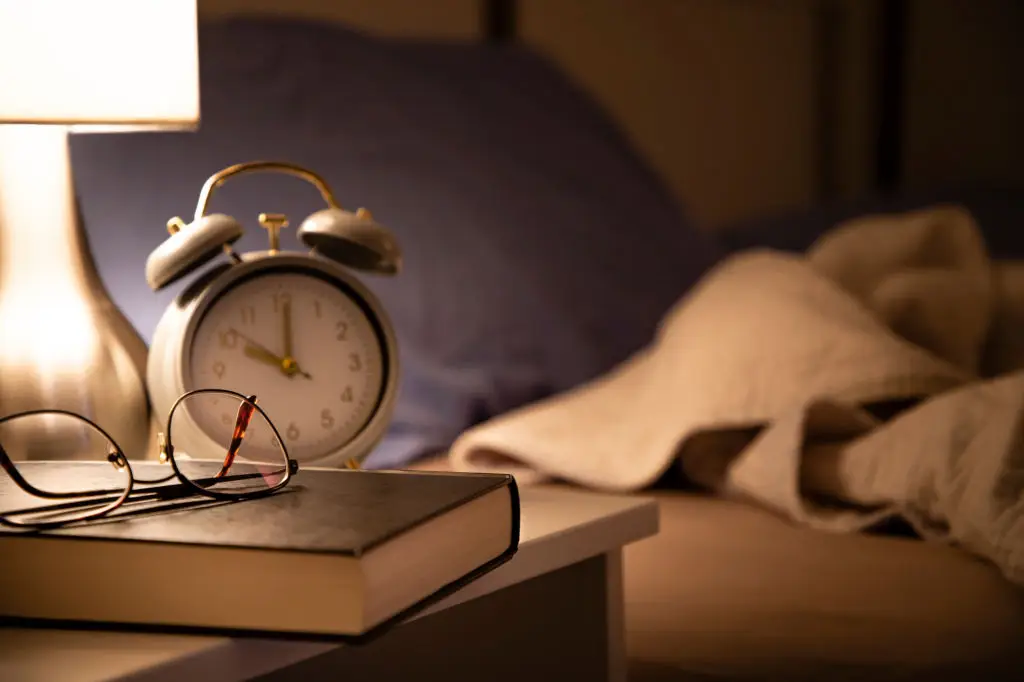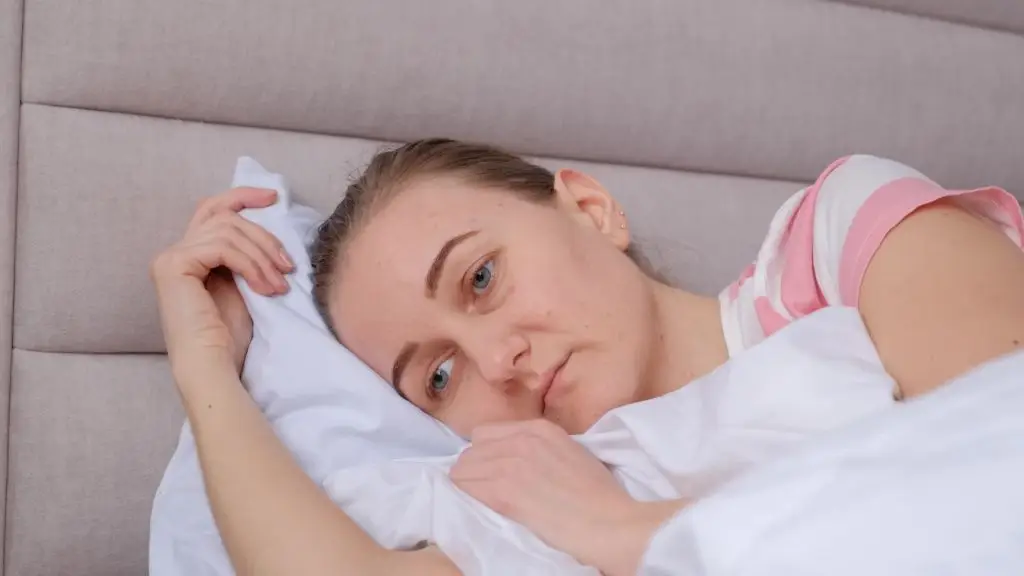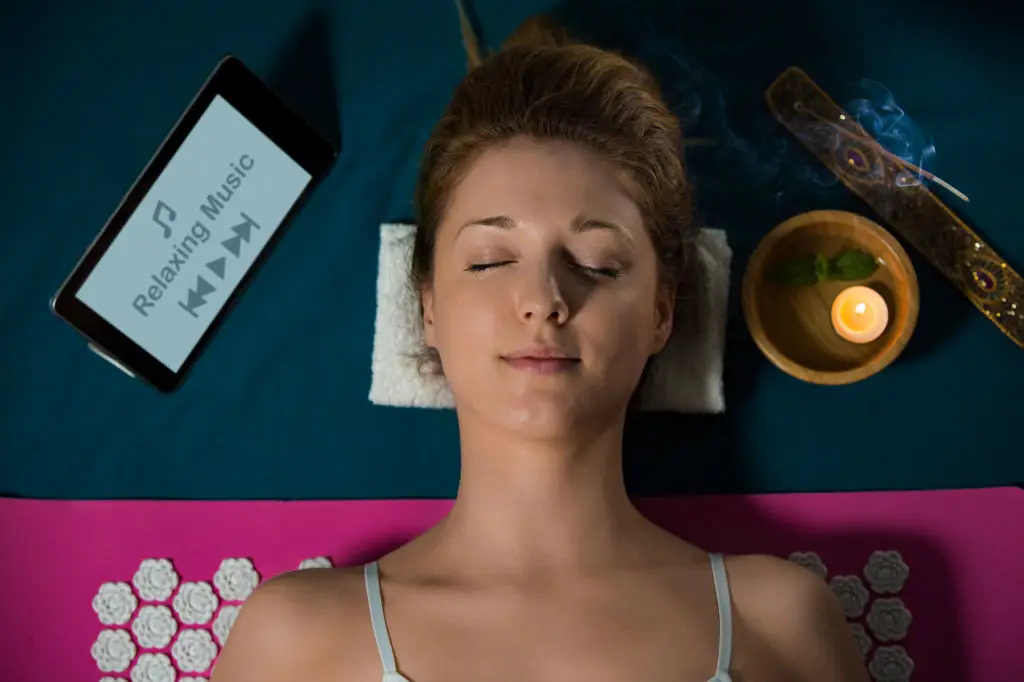11 Pre-Bed Rituals to Slash Stress Hormones for Deeper Sleep
Many people know cortisol as the stress hormone, but its timing matters most for sleep. Cortisol should taper across the evening so your body and brain can shift into deep, restorative sleep. When the hormone stays high at night you may feel wired and tired—awake but exhausted the next day. Small, consistent pre-bed rituals help signal the nervous system to downshift and support the natural evening cortisol decline. The strategies below focus on practical actions you can try in the hour or two before bedtime. They blend simple behavior changes, gentle movement, breathwork, and environment tweaks so you can pick what fits your life and energy. Some actions target light exposure, others influence body temperature, blood sugar, or nervous-system tone. Each ritual is short, evidence-informed, and easy to adapt whether you’re busy, limited by mobility, or easing into change. Try one new ritual at a time for a week and notice subtle shifts in how quickly you fall asleep and how refreshed you feel in the morning. If poor sleep is persistent or you suspect a medical issue, a conversation with your healthcare provider or a sleep specialist is a wise next step. These ideas are meant to be supportive, not prescriptive—consider them friendly tools you can weave into a calmer, more restful evening.
1. Dim the lights and block blue light 60–90 minutes before bed

Bright or blue-rich light in the evening delays melatonin and can keep cortisol higher than it should be. Start by swapping overhead bright bulbs for warm lamps in the hour before bed. Lower light levels cue your brain that night is coming, helping melatonin rise and cortisol fall. If you use screens, turn on night-shift or blue-light filters and reduce screen brightness. Another option is to wear blue-blocking glasses for the last 60–90 minutes, which many people find helpful when evening tasks require a device. For timing, aim to dim lights and cut bright screens at least an hour before your planned sleep time. This ritual is low-cost and easy to test: notice whether you feel calmer and more ready for sleep after a few nights. If you live with others who keep brighter lights, consider a bedside lamp and shaded curtains to protect your personal sleep window. These changes support the body's internal clock without dramatic lifestyle upheaval.
2. Cool the bedroom and use a timed warm bath

Your body needs a slight drop in core temperature to fall into deep sleep; a cool bedroom encourages that natural dip. Aim for a comfortable range—many experts suggest around 60–67°F—though individual preference matters. A warm bath or shower taken about 60–90 minutes before bed can help: the warm water raises skin temperature briefly, and the subsequent cooldown signals your body that it’s time to sleep. Keep baths to 20–30 minutes and use warm rather than scalding water to avoid stimulating the system. Combine this with breathable bedding and light pajamas to maintain a cool microclimate. If a full bath isn’t practical, try a warm foot soak or shower followed by a cool rinse. For people with circulation issues or certain medical conditions, check with a clinician before using temperature-based strategies. When paired with dim lighting and minimal stimulation, temperature tactics help the nervous system settle and support the hormonal transitions needed for sound sleep.
3. Move gently: restorative yoga or stretching for 10–15 minutes

Low-intensity movement in the evening helps release physical tension without elevating cortisol. Short, restorative yoga sequences or gentle stretches ease tight muscles, encourage mindful breathing, and shift the body out of fight-or-flight mode. Focus on slow, controlled movements and poses that open the chest, hips, and shoulders—areas that commonly hold stress. Keep the session brief, around ten to fifteen minutes, to avoid raising heart rate or adrenaline. Try poses like supported child’s pose, gentle twists, and legs-up-the-wall while prioritizing comfort over depth. Moving with intention connects the mind and body in a calming way, which supports the endocrine signals that lower evening cortisol. If you have mobility limits or joint concerns, choose seated stretches or guided chair-yoga adaptations. Ending this movement with a brief, slow breathing pattern can deepen the relaxation and prepare you for bed.
4. Practice slow breathing: 4-7-8 or box breathing

Controlled breathing stimulates the vagus nerve and shifts the autonomic nervous system toward rest, helping cortisol decrease. The 4-7-8 technique is simple: inhale quietly through the nose for four counts, hold for seven, and exhale slowly for eight counts. Box breathing offers another accessible pattern: inhale for four counts, hold for four, exhale for four, and hold again for four. Start with three to six rounds and build up as it feels comfortable. These methods lower heart rate and invite calm without equipment or a learning curve. Practice while seated or lying down, and pair the breathing with gentle awareness of the body to increase effectiveness. If breath holds feel uncomfortable due to respiratory conditions, shorten the counts and focus on slow, even exhalations. Consistent nightly practice—even just five minutes—can train your nervous system to downshift more reliably before sleep.
5. Try a guided relaxation or body-scan meditation

Guided relaxations and body-scan meditations give the mind a structured, soothing focus that often reduces rumination and nighttime arousal. Use a short, calming audio (ten to twenty minutes) that walks you through gently noticing and releasing tension from head to toe. The voice guides attention away from worry and toward bodily sensations in a nonjudgmental way, which helps lower sympathetic activation and supports hormonal downshifts. Choose recordings from reputable sources or apps with experienced instructors, and test a few voices to find one that feels comforting to you. If you prefer silence, a self-led body scan—moving awareness slowly through each part of the body—works well too. These practices can be especially helpful when your mind races; pairing them with dim lights and comfortable bedding makes them more effective. For people with trauma histories, select recordings designed for trauma-sensitive practice or seek guidance from a therapist.
6. Stop caffeine and limit alcohol timing

Caffeine can raise cortisol and remain active for hours, so adjusting timing matters for evening hormone balance. Aim to avoid caffeinated beverages at least six hours before your planned bedtime, and consider an earlier cutoff if you’re especially caffeine-sensitive. Alcohol might help people fall asleep faster, but it fragments sleep later in the night and disrupts hormone rhythms, which can interfere with restorative stages. If you choose to drink, keep it light and finish earlier in the evening. For evening relaxation without stimulants, try caffeine-free herbal teas like rooibos or a small chamomile cup—though remember herbal supplements can interact with medications, so check with your provider. Small timing shifts around stimulants and depressants are simple changes that often lead to noticeable improvements in sleep continuity and morning refreshment.
7. Choose a light, blood-sugar-friendly evening snack if needed

Going to bed overly hungry or after a heavy, high-sugar meal can trigger stress hormones and disrupt sleep. If you need a bite before bed, choose a small snack that balances protein and complex carbs—examples include a handful of almonds, yogurt with a few berries, or whole-grain toast with nut butter. These options help stabilize blood sugar through the night without large insulin or cortisol swings. Aim to finish eating at least 60–90 minutes before bedtime to allow digestion to settle. Avoid spicy or fatty meals late at night since they can cause reflux and fragmented sleep. If you have diabetes or blood-sugar concerns, follow personalized medical advice for evening nutrition. Thoughtful snack choices can be a gentle tool to keep your system steady and your nighttime hormones coordinated for uninterrupted rest.
8. Use calming aromatherapy safely—lavender or bergamot

Certain essential oils—lavender and bergamot among them—are associated with relaxation and reduced evening arousal in some studies. Use a diffuser on a low setting or a diluted pillow spray to add a calming scent to your sleep environment. Keep dilution ratios conservative and avoid direct skin application unless properly diluted in a carrier oil. If you share a bedroom, check whether your partner has scent sensitivities or allergies. Pregnant people and those with hormone-sensitive conditions should consult a healthcare provider before regular aromatherapy use. Use aromatherapy as a gentle complement to other rituals—it's not a substitute for breathing or sleep hygiene practices. When chosen and used safely, a subtle, pleasant scent can cue your mind that it's time to relax and support the behavioral chain that lowers cortisol for sleep.
9. Journal to offload worry with a focused 10–15 minute practice

Writing for a short, set time can let worry move from mind to paper, reducing bedtime rumination that keeps cortisol elevated. Use a targeted prompt—list three things that went well today, jot down tomorrow’s top priorities, or write a quick worry dump to get concerns out of your head. Keep the session time-limited (ten to fifteen minutes) so journaling doesn’t become another evening task. After writing, close the notebook and place it away from the bed; that physical act helps signal closure. If intrusive thoughts are recurring, pairing journaling with a brief breathing or body-scan practice can amplify its calming effect. This ritual is adaptable for busy schedules: a single page can be enough to create mental space and help the nervous system downshift toward restorative sleep.
10. Do a progressive muscle relaxation (PMR) routine

Progressive muscle relaxation systematically tenses and releases muscle groups to break cycles of tension and quiet autonomic arousal. Start by tensing a muscle group for five to seven seconds—then release for fifteen to twenty seconds—moving from toes to head or vice versa. Focus on the contrast between tension and release, and pair each release with a long, slow exhale. A full PMR session often takes ten to twenty minutes, but a brief three- to five-minute version focusing on shoulders, neck, and jaw can be effective for immediate relief. PMR is safe for most people, but those with certain muscle or cardiovascular issues should adapt intensity and consult a provider if needed. Done regularly, PMR trains your body to recognize and let go of tension, which supports the hormonal shifts that favor deep sleep.
11. Create a tech shutdown and keep consistent sleep timing

A predictable bedtime routine tells your circadian system when to prepare for sleep, and a device curfew reduces late-night stimulation that drives cortisol up. Pick a consistent sleep and wake time you can reasonably maintain across the week, and choose a device cutoff—often 60–90 minutes before bed. Use that window for lower-stimulation activities: dim lights, light reading, a warm bath, or one of the rituals above. If you rely on devices for sleep tools like guided meditations, download audio in advance or use airplane mode to avoid interruptions. Consistency helps anchor your internal clock so hormones, including cortisol and melatonin, align better with sleep opportunity. Even modest regularity—going to bed within the same 30–60 minute window each night—can improve sleep quality over time.
Restoring your evening rhythm, one gentle ritual at a time

Improving sleep often starts with small, repeatable acts that help your body remember how to downshift. These eleven rituals address light exposure, temperature, movement, breathing, food choices, and mental clearing—all pieces of the evening puzzle that influence cortisol timing and sleep depth. You don’t need to adopt every suggestion; pick two or three that fit your life and give them at least a week to see how they affect sleep onset and morning refreshment. Track changes in how long it takes you to fall asleep, nighttime awakenings, and how you feel the next day. If sleep problems persist despite consistent rituals, consult a healthcare provider or sleep medicine specialist to rule out underlying conditions like sleep apnea, restless legs, or mood-related sleep disturbances. Gentle consistency beats perfection—these rituals are tools that honor your body’s rhythms and respect your day-to-day reality. Over time, small nightly choices add up, helping cortisol settle at the right time so your sleep becomes deeper, more restorative, and more reliably restorative.